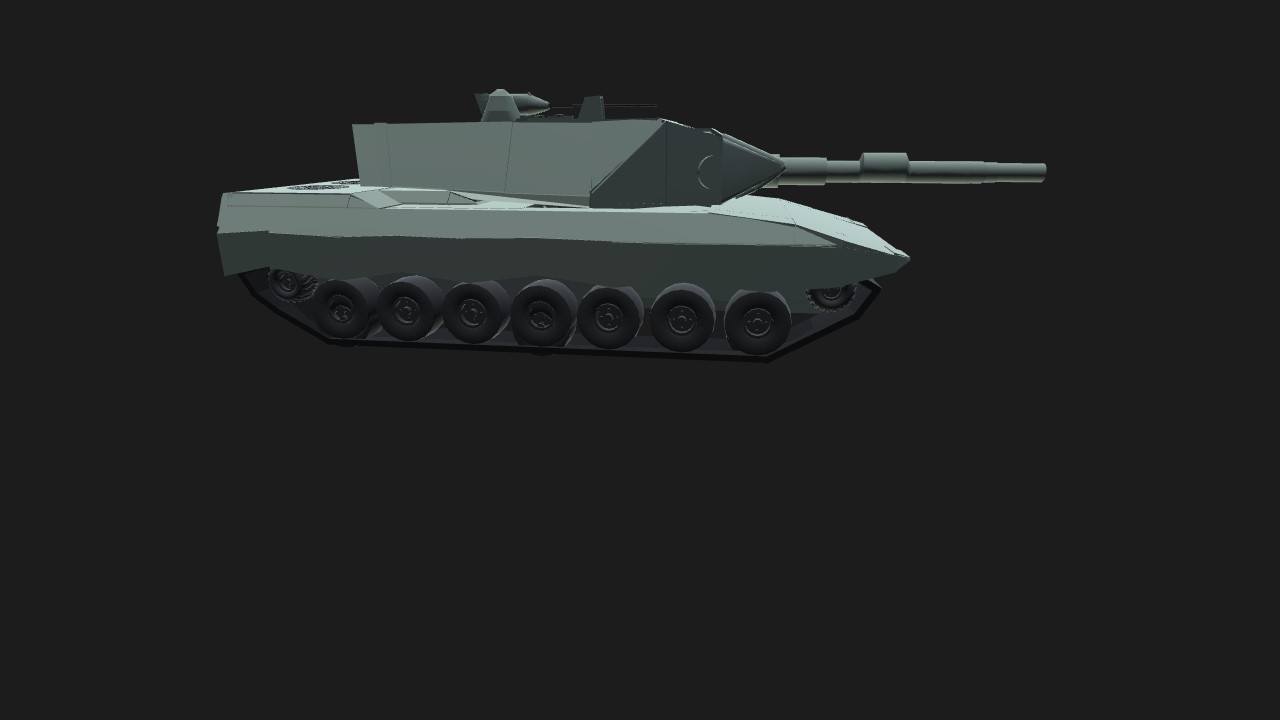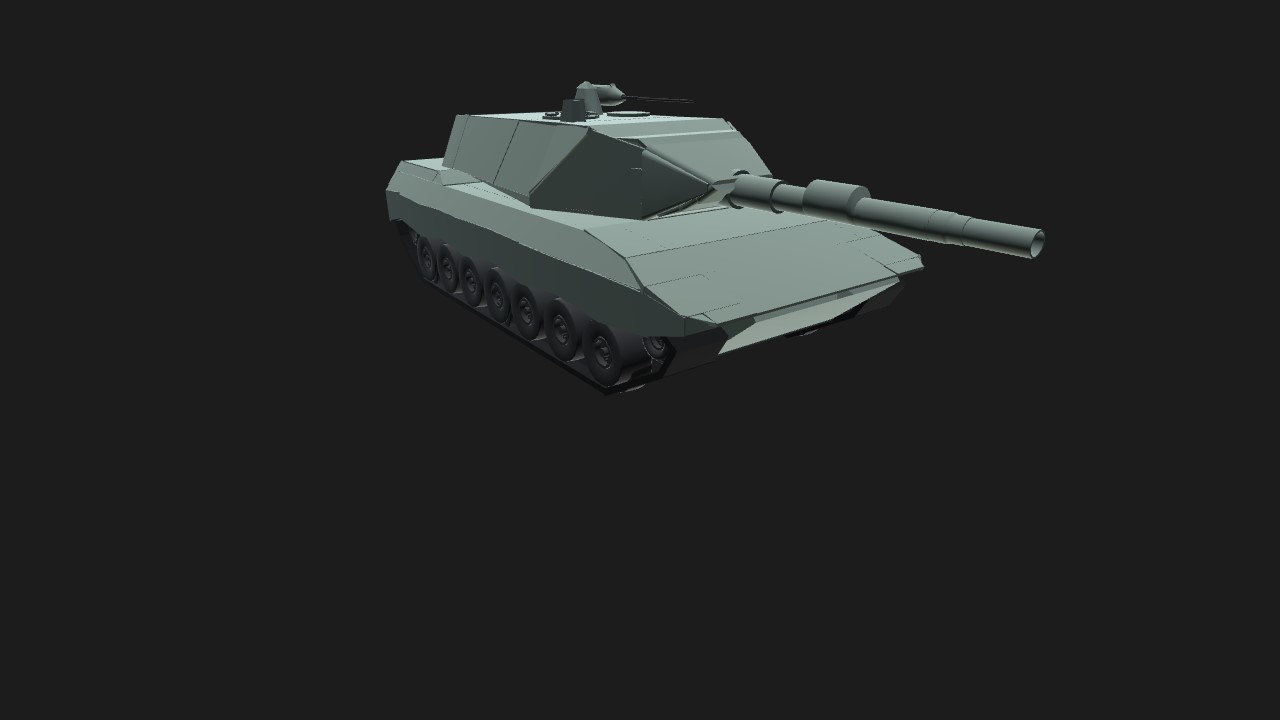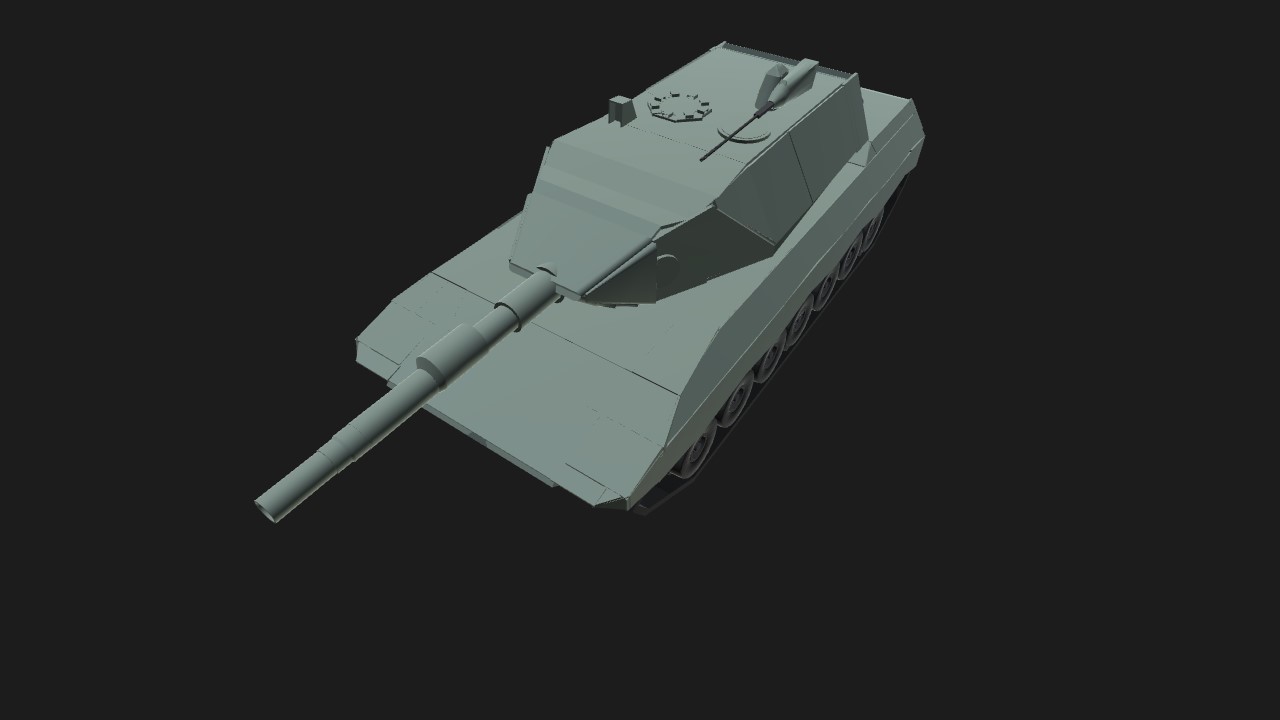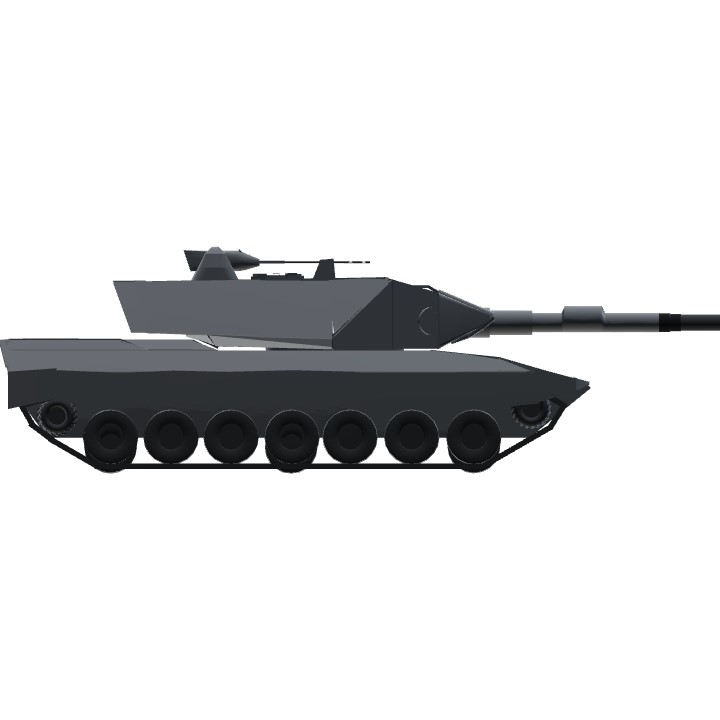In the 1960s, Germany and the United States were jointly-developing the MBT-70, and Germany was contractually prevented from developing any new MBTs independently until the joint project with the US was completed.
But development problems plagued the MBT-70 project, and it appeared that the vehicle would not be finished within an acceptable time frame—so Germany found a way to bypass contractual limitations for the MBT-70 development.
Instead of ordering the development of a new tank, the German government issued an order to the Porsche company to research ways to improve the Leopard I tank already in service with the German army. This enabled Germany to research a more advanced fighting vehicle without breaching the contract signed with the US.
Porsche's first study of the Leopard I revealed a lot of room for improvement, and second study focusing on upgrading the Leopard I to match the MBT-70's firepower was launched almost immediately. This eventually resulted in the construction of two prototype vehicles—one in 1969 and one in 1970—nicknamed Keiler (tusker).
In the early 1970s, Germany was able to back out of the MBT-70 project due to spiraling development costs. Instead, they continued work on the development of the Keiler, which was renamed to Leopard 2.
The Leopard 2 project was expected to yield two versions: the Leopard 2K armed with a cannon, and the Leopard 2FK armed with a gun/launcher similar to the MBT-70. In 1971, ten prototypes were ordered, and seven more orders followed shortly thereafter.
To get the most out of their prototypes, German engineers equipped each one with different components to determine what worked best. Some Leopard 2 versions were equipped with a 105mm smoothbore cannon, whereas others were fitted with 120mm smoothbore cannons. Some prototypes received a hydraulic suspension while others didn't, and there was even a version equipped with the 20mm anti-air mount on the turret (similar to the one found on the Kpz-70).
Sixteen out of seventeen Leopard 2 prototypes were built and tested, yielding many refinements to the Leopard 2 design. Subsequent models further increased the Leopard 2's capabilities, with each variant making it more powerful—and ultimately into the Leopard 2 known today.
Specifications
Spotlights
- WingsOfSteel 4.4 years ago
- Leopahd 4.4 years ago
General Characteristics
- Created On Windows
- Wingspan 15.5ft (4.7m)
- Length 42.7ft (13.0m)
- Height 13.4ft (4.1m)
- Empty Weight 94,377lbs (42,809kg)
- Loaded Weight 95,187lbs (43,176kg)
Performance
- Wing Loading 208.1lbs/ft2 (1,015.9kg/m2)
- Wing Area 457.5ft2 (42.5m2)
- Drag Points 11939
Parts
- Number of Parts 243
- Control Surfaces 0
- Performance Cost 1,107







Thanks for downloading and upvotes!